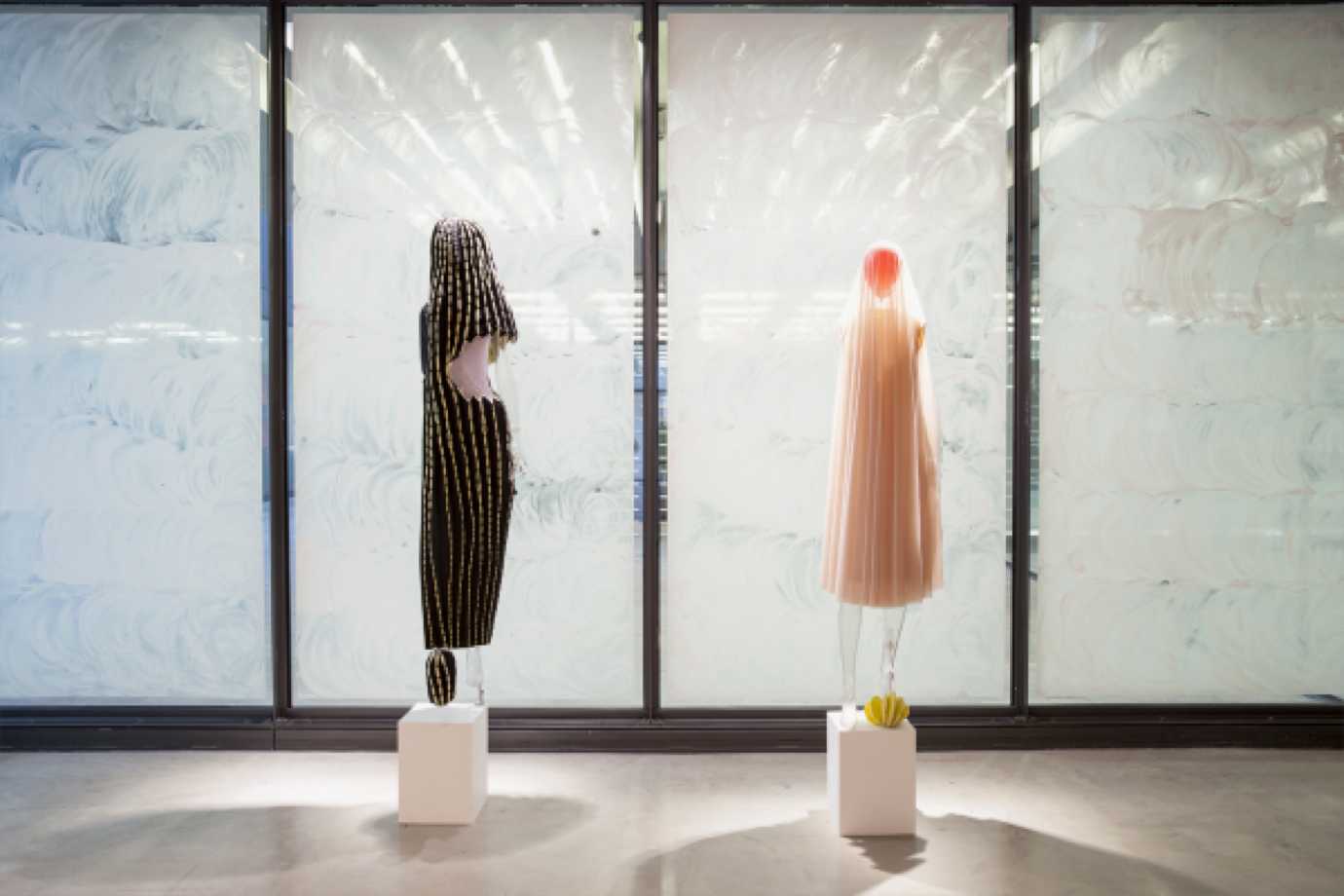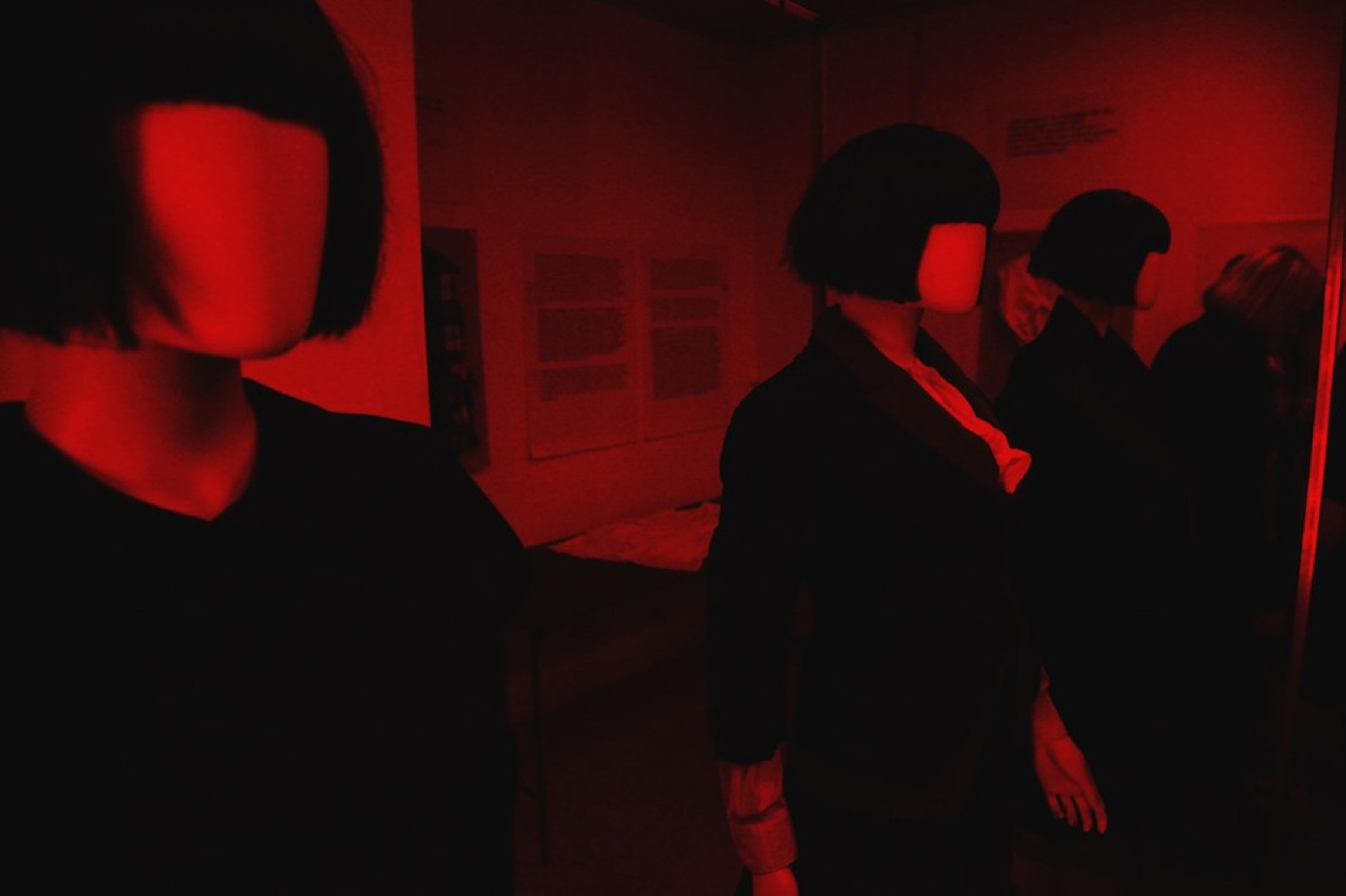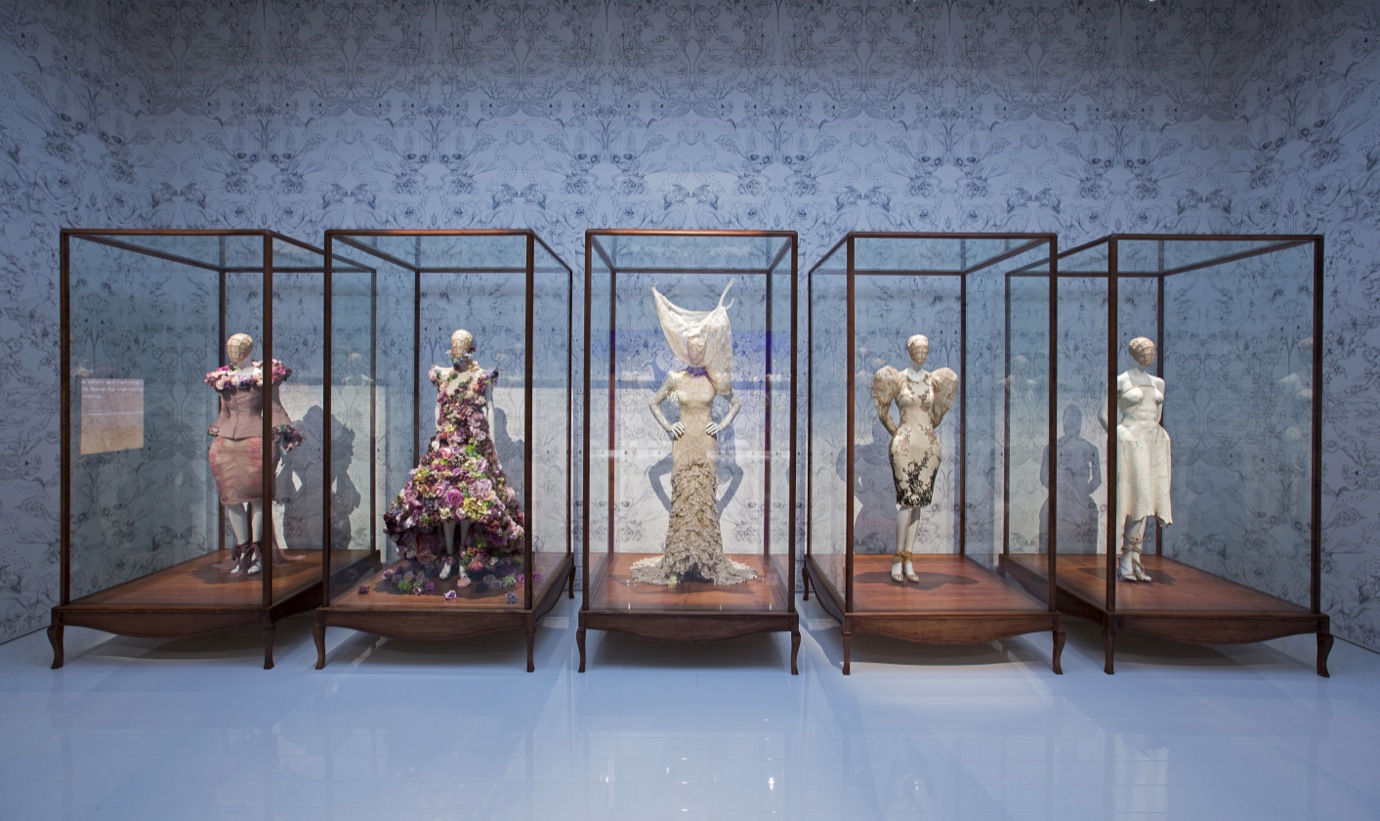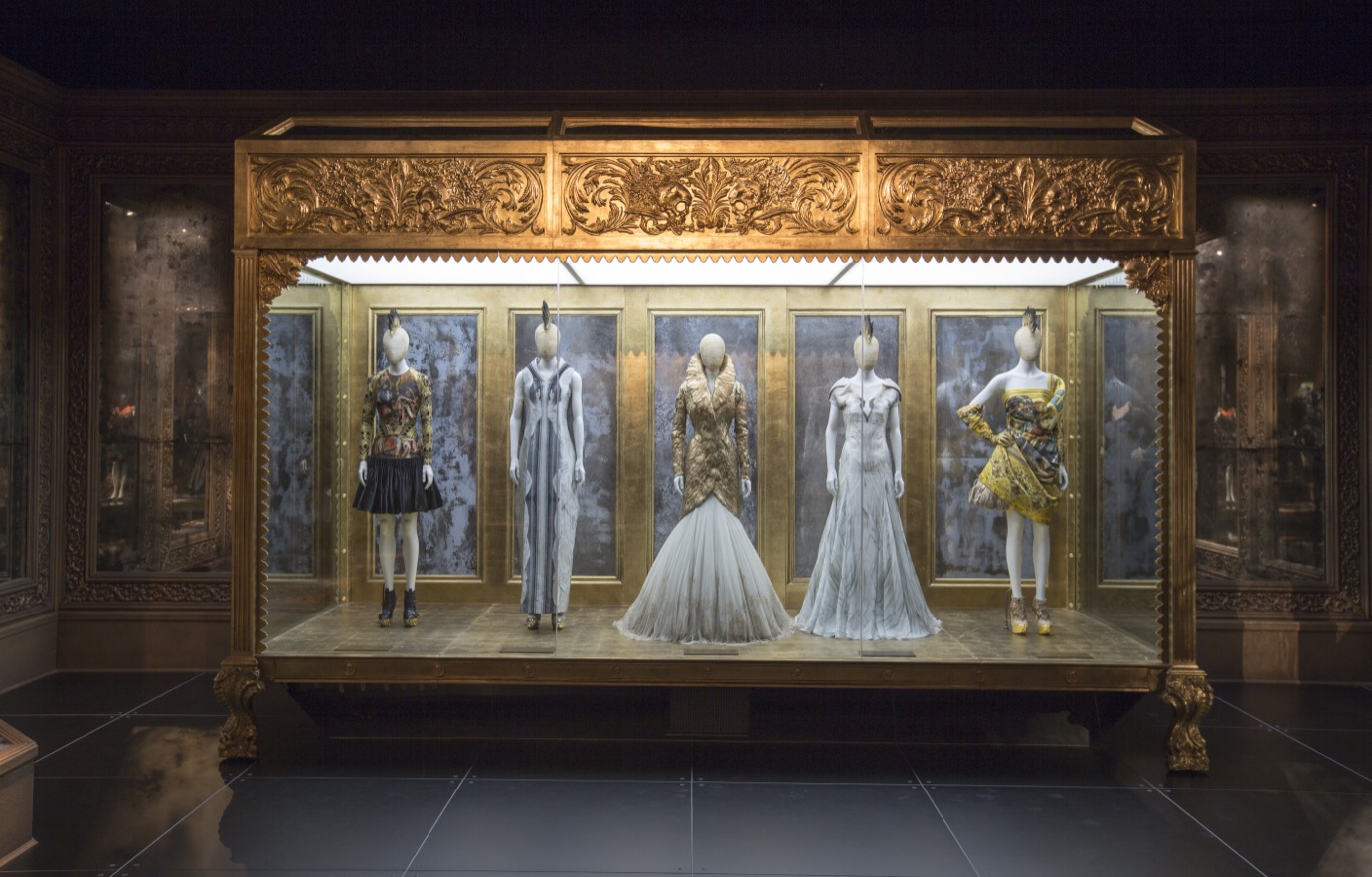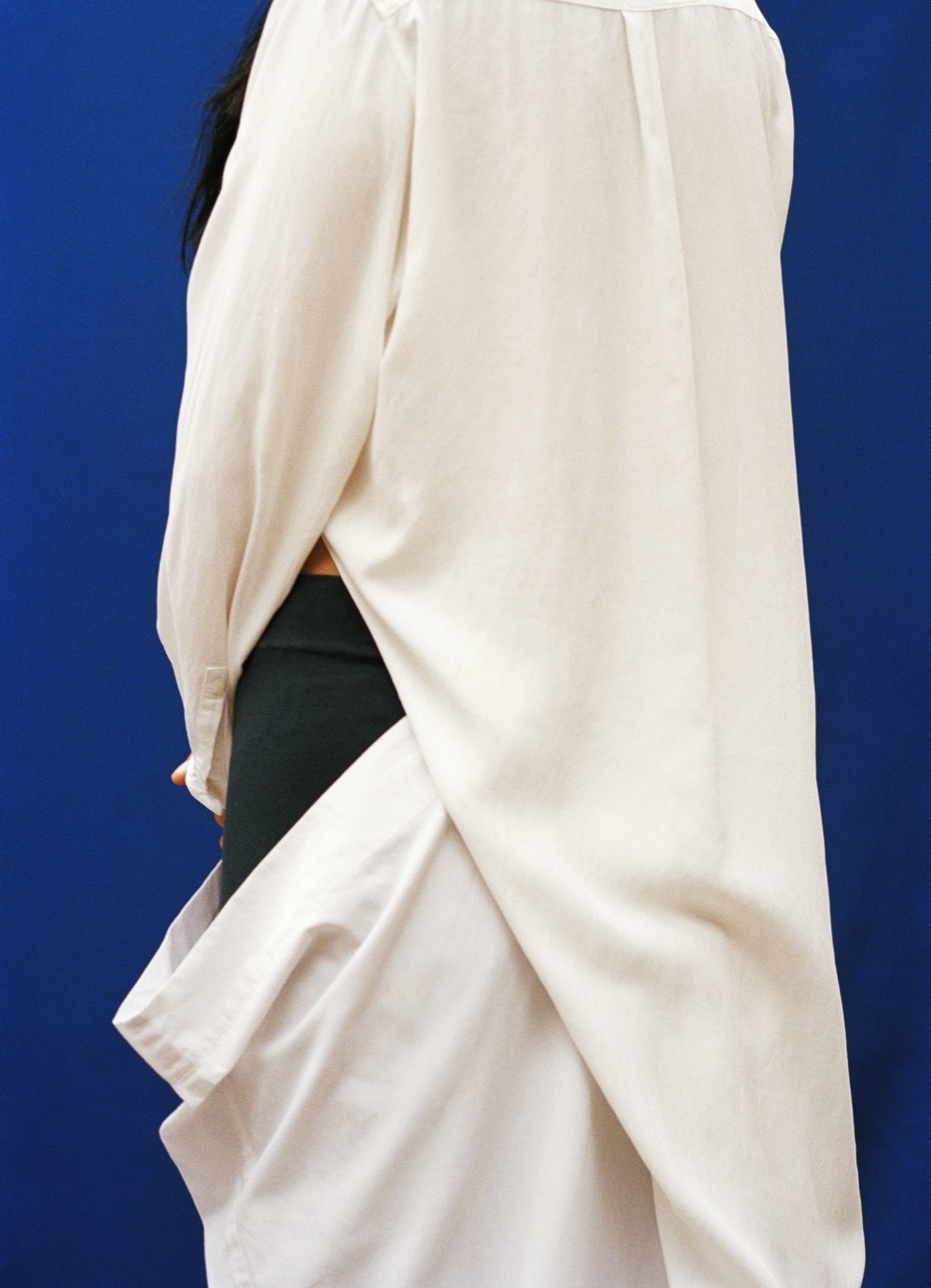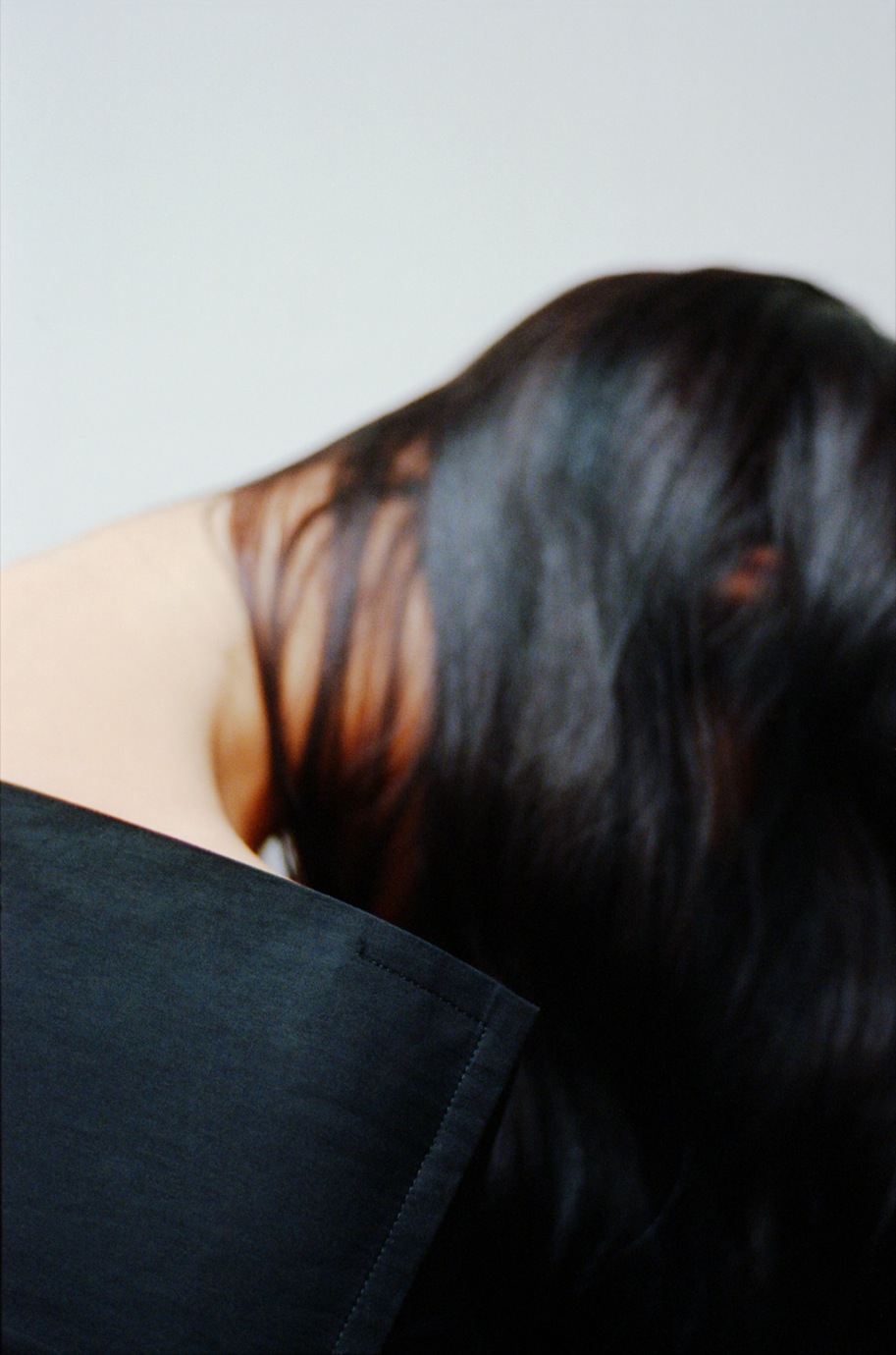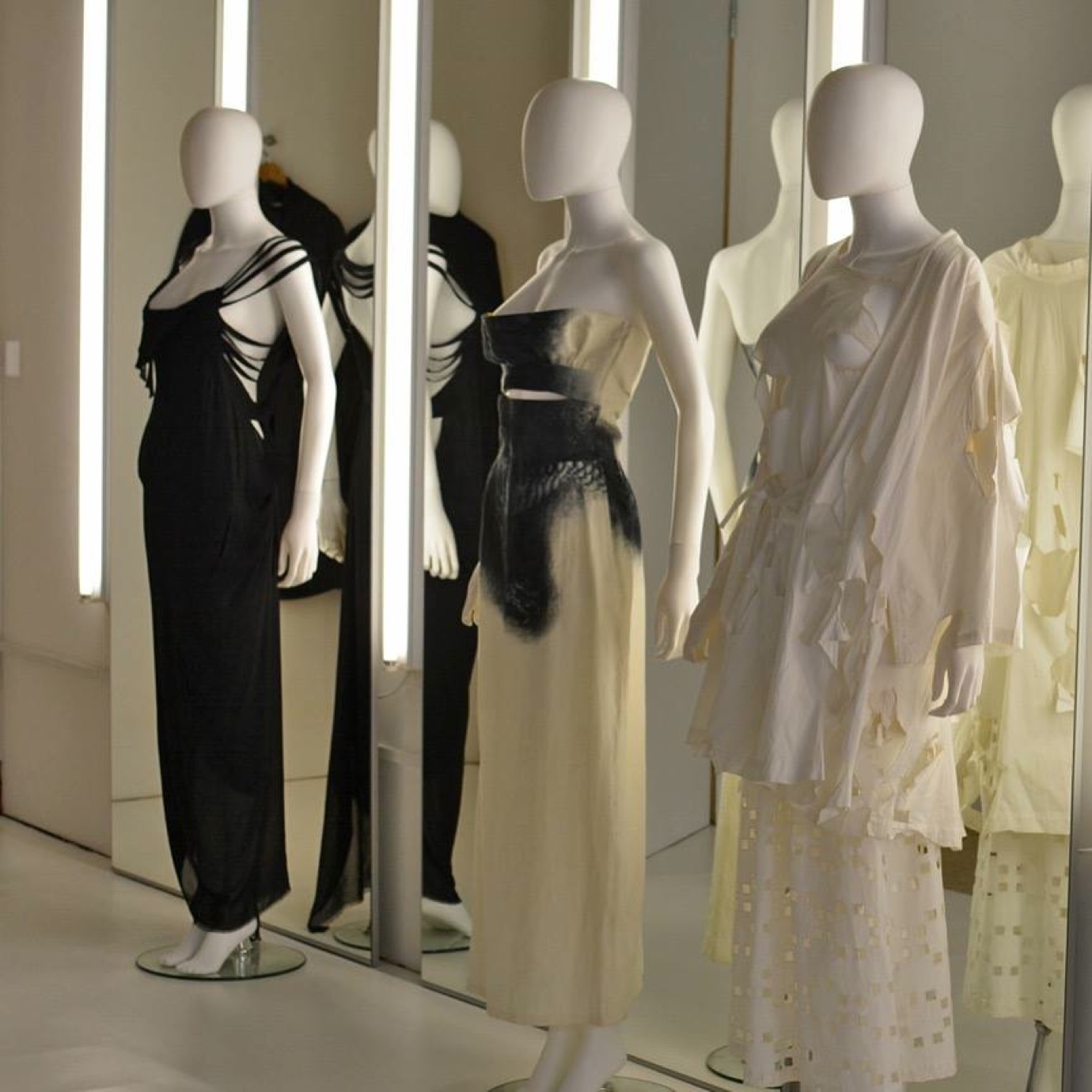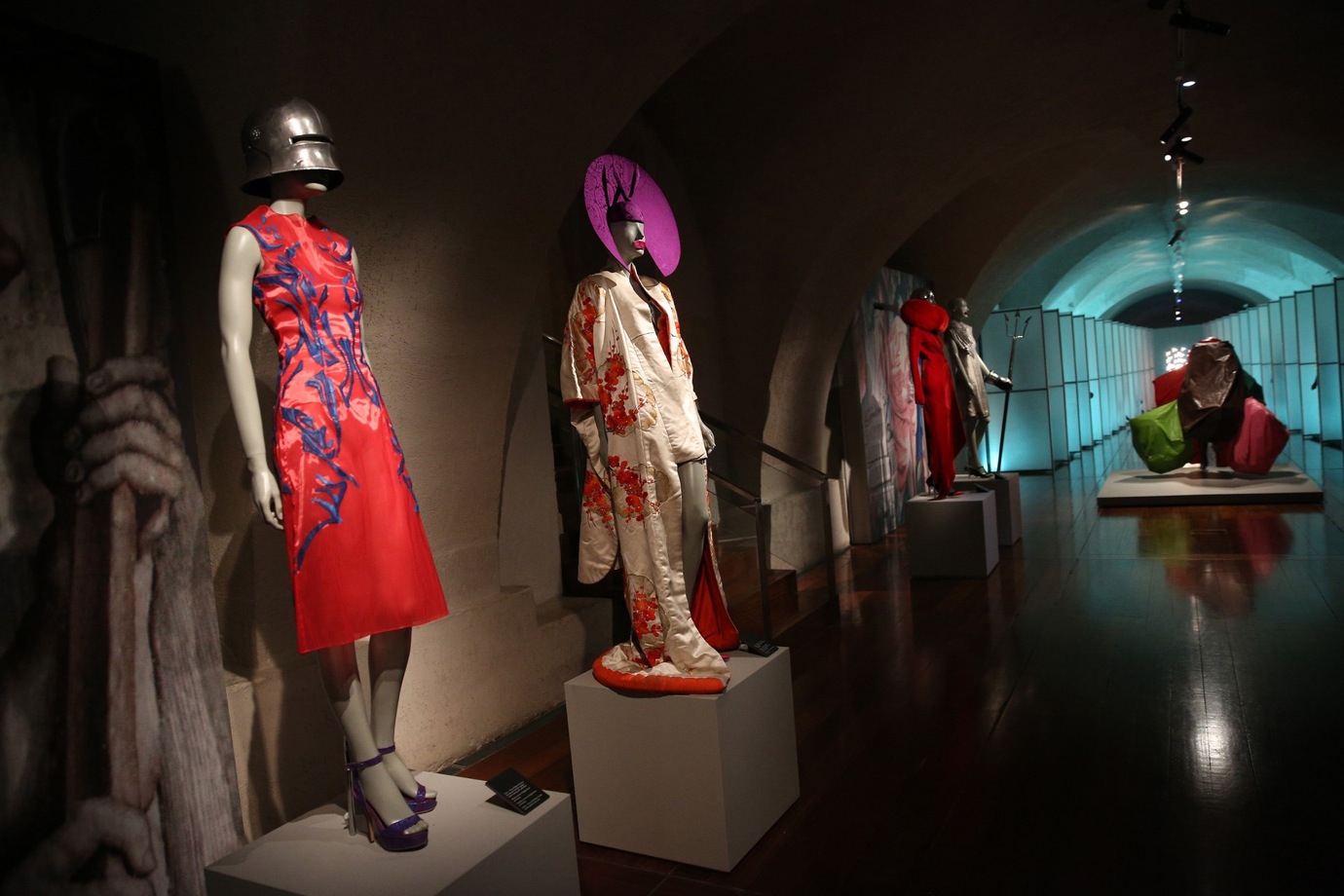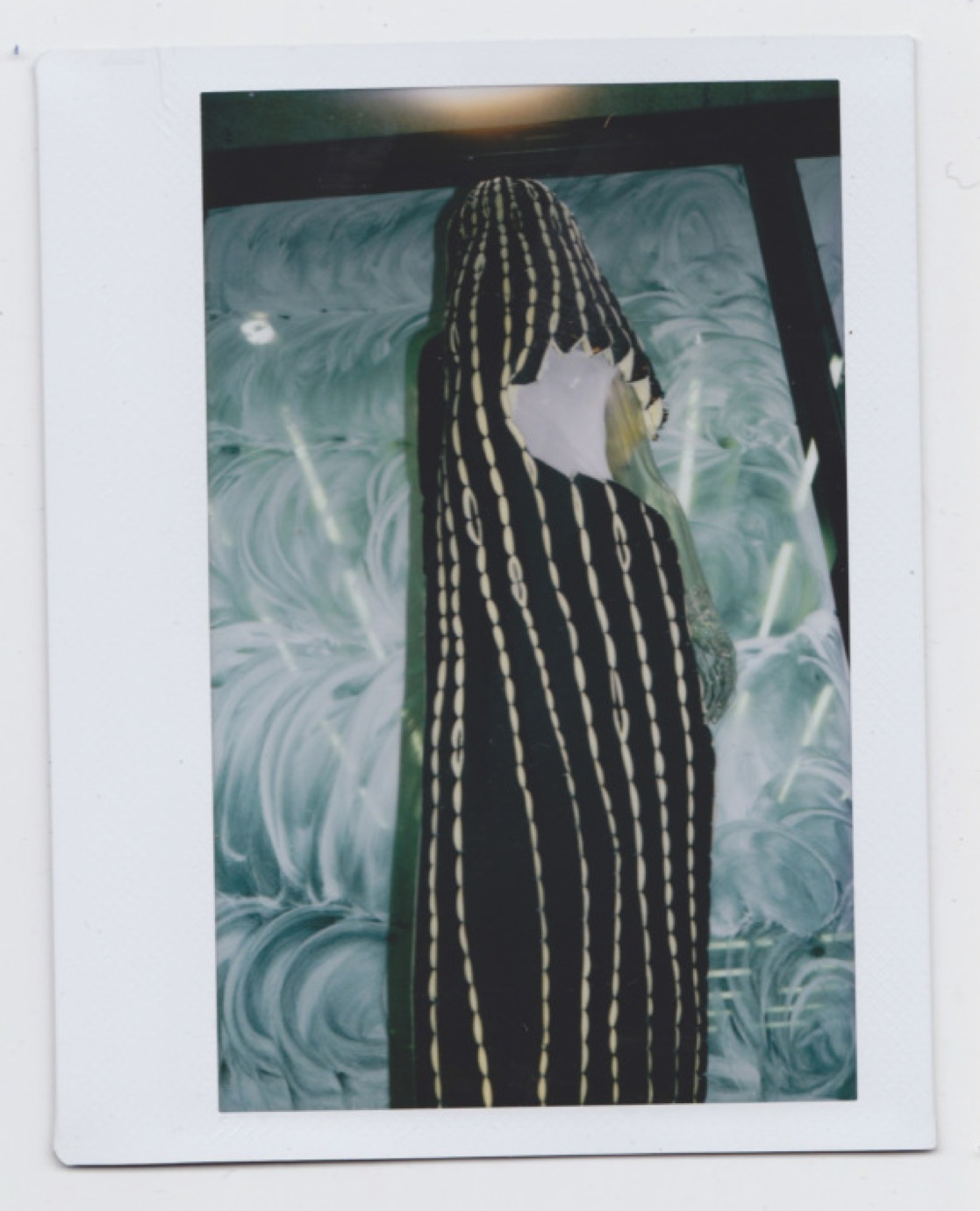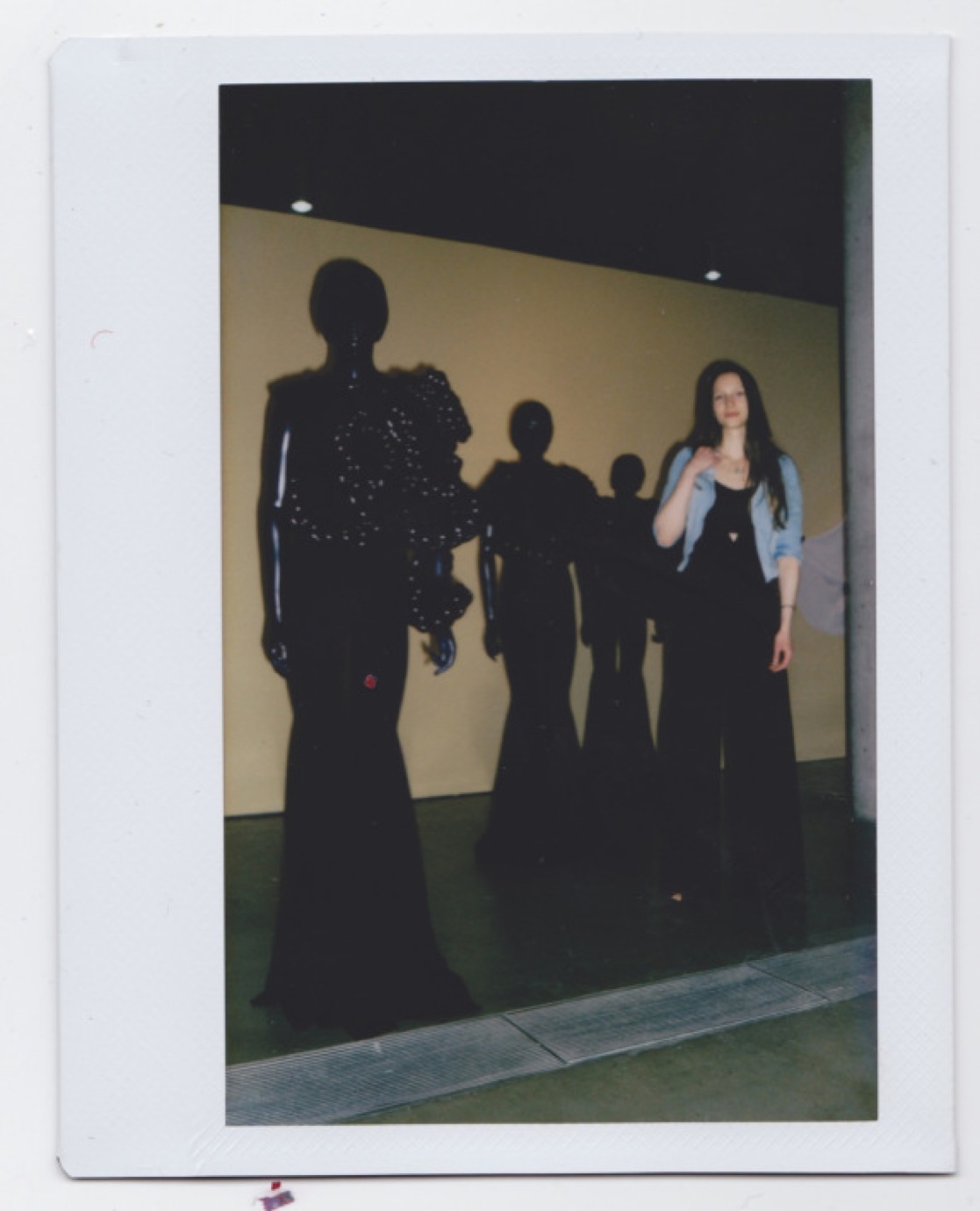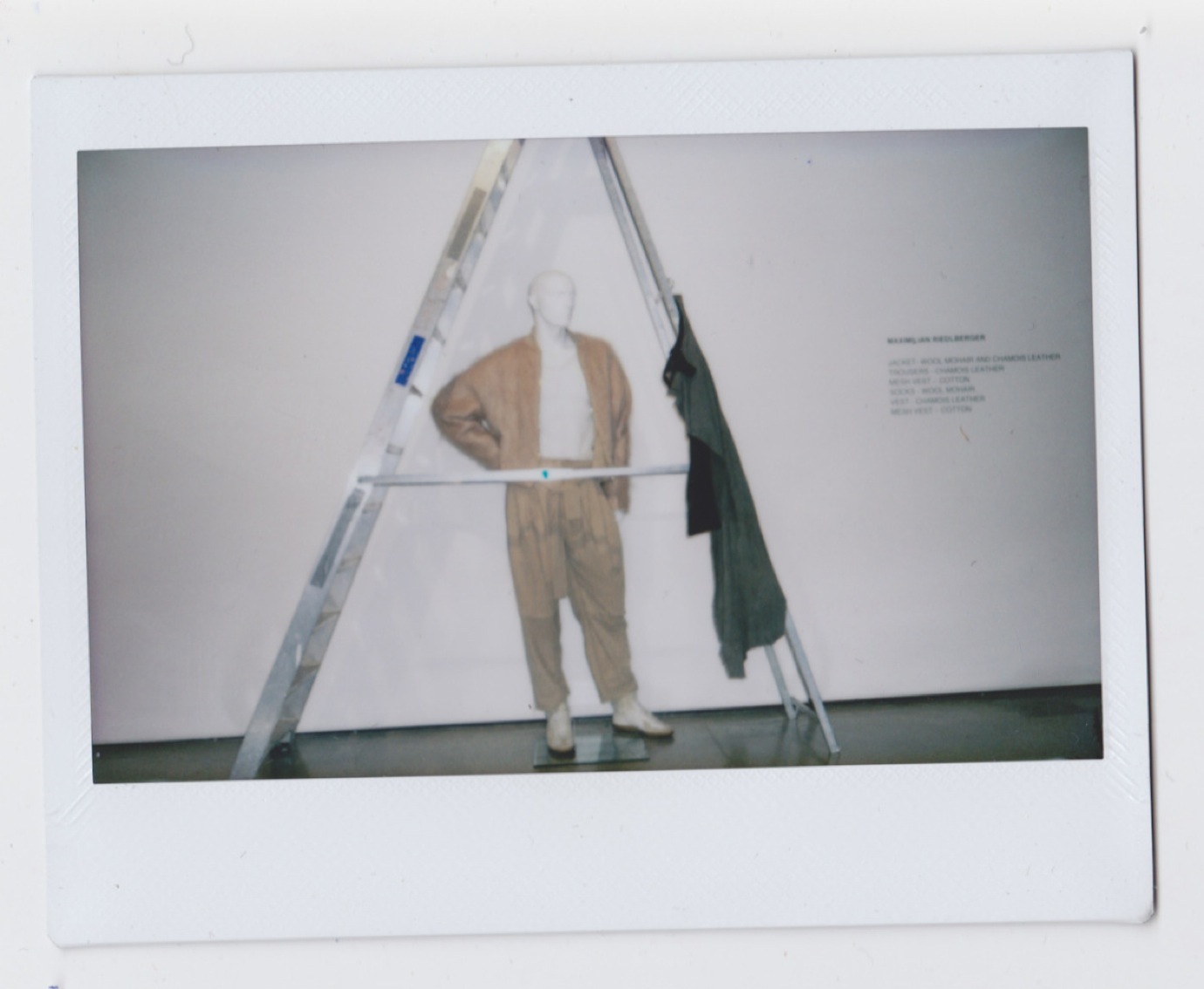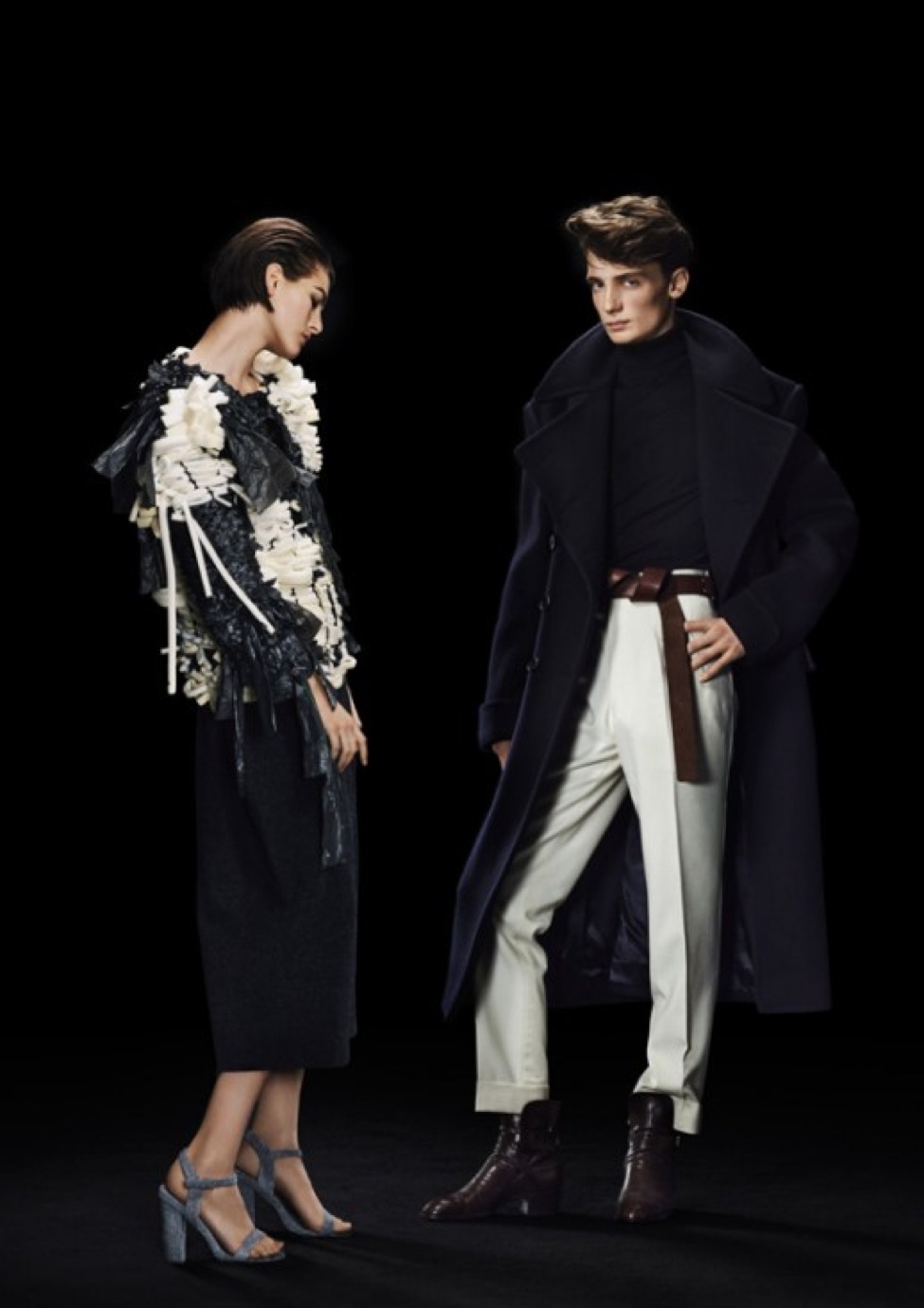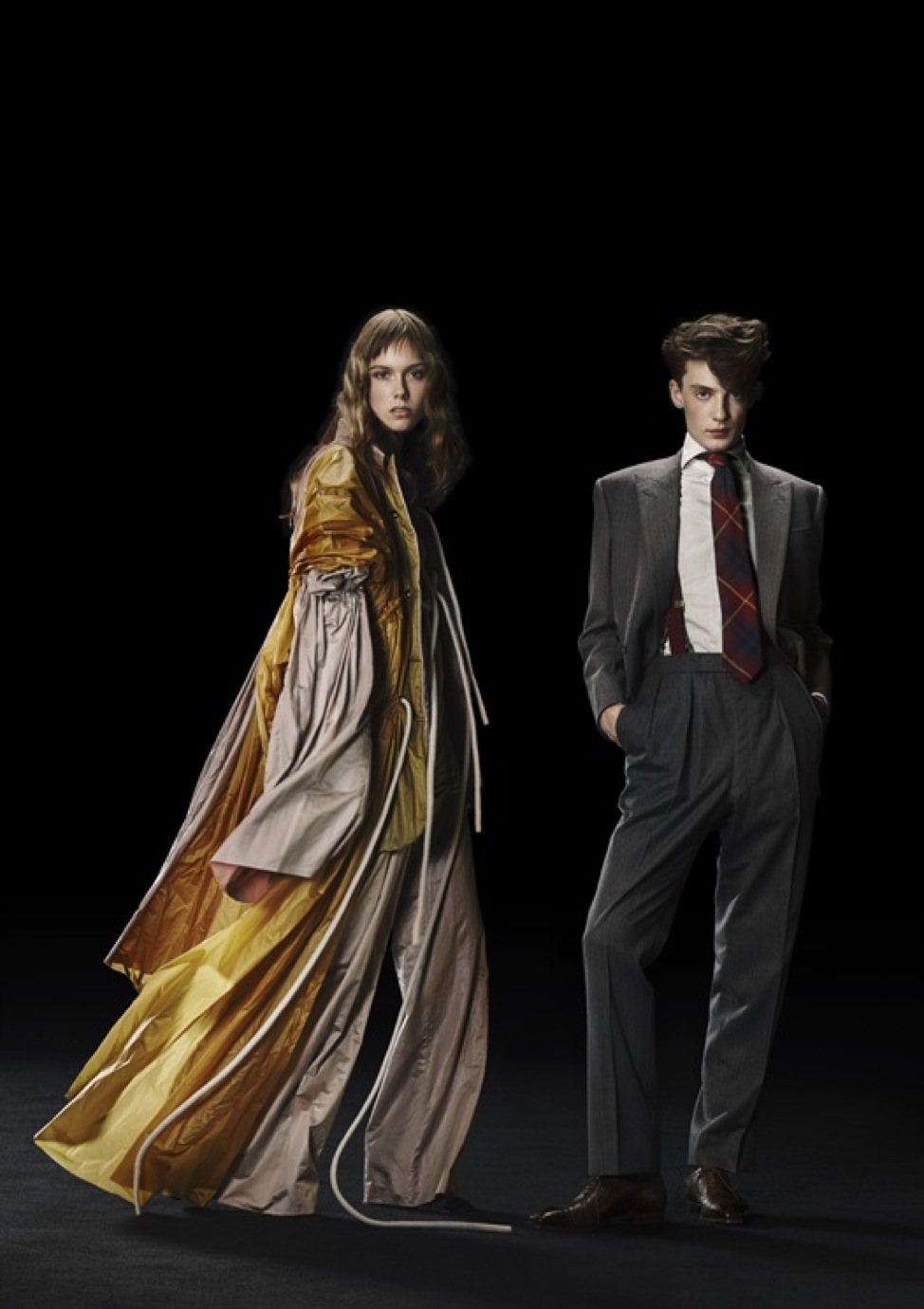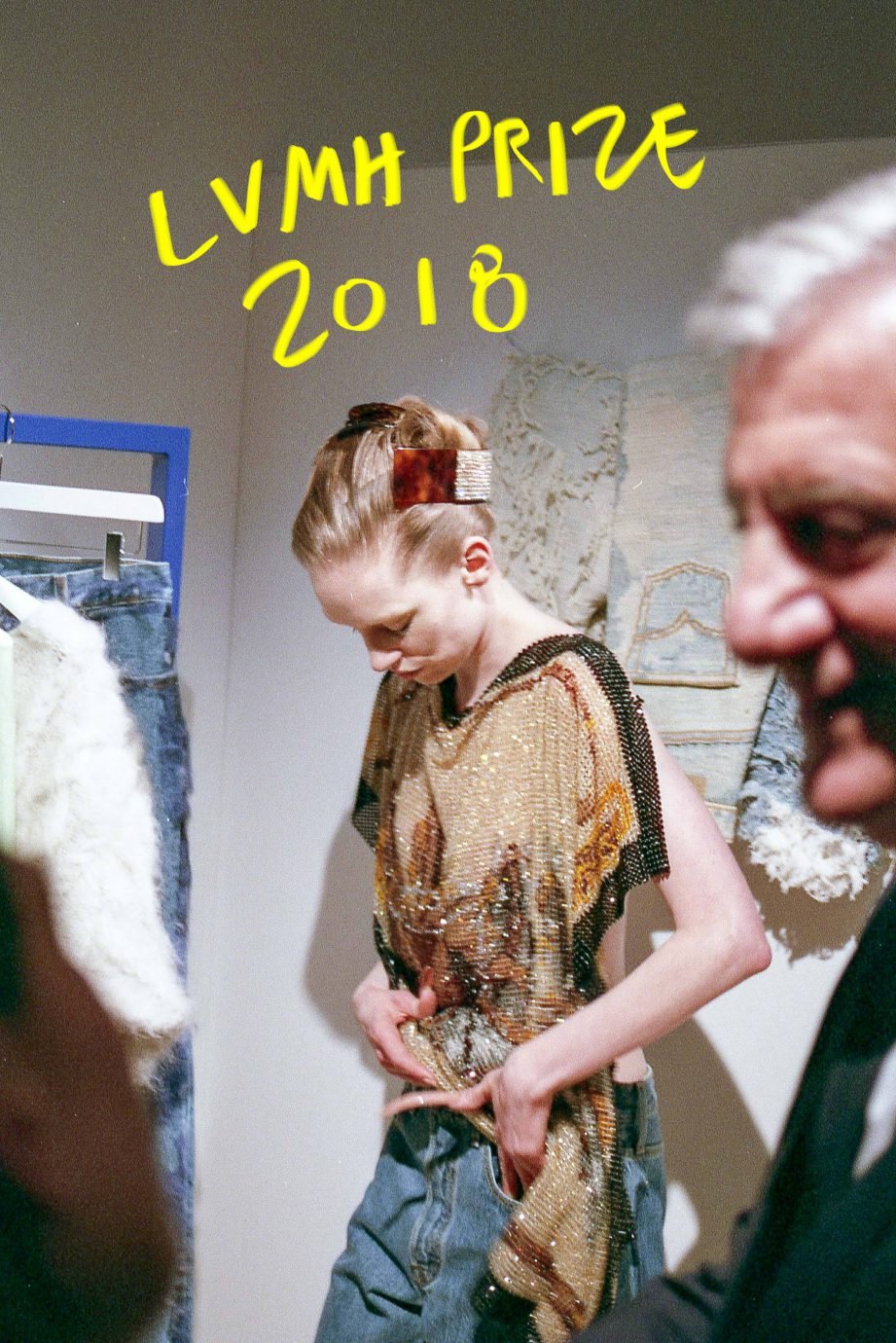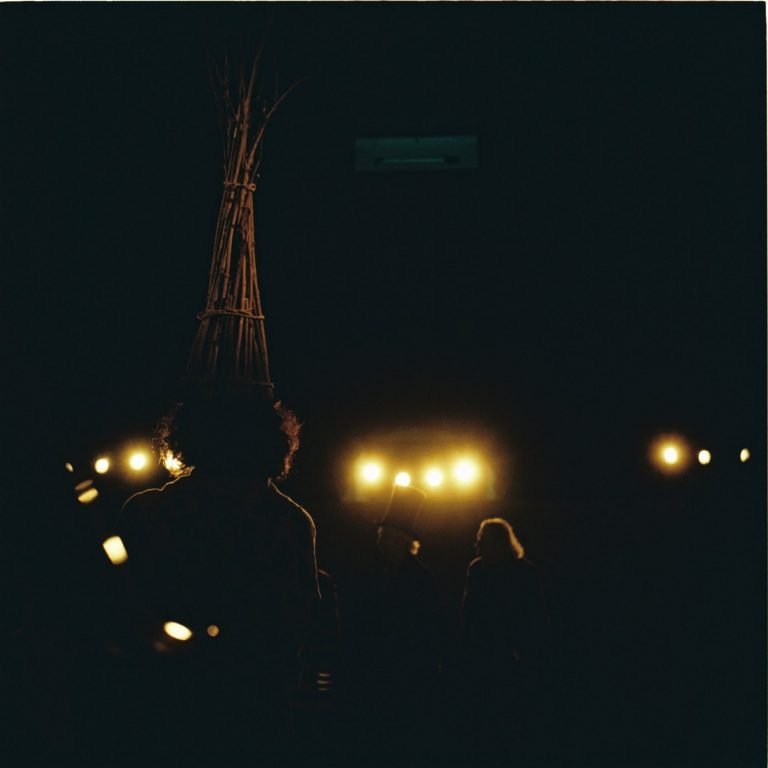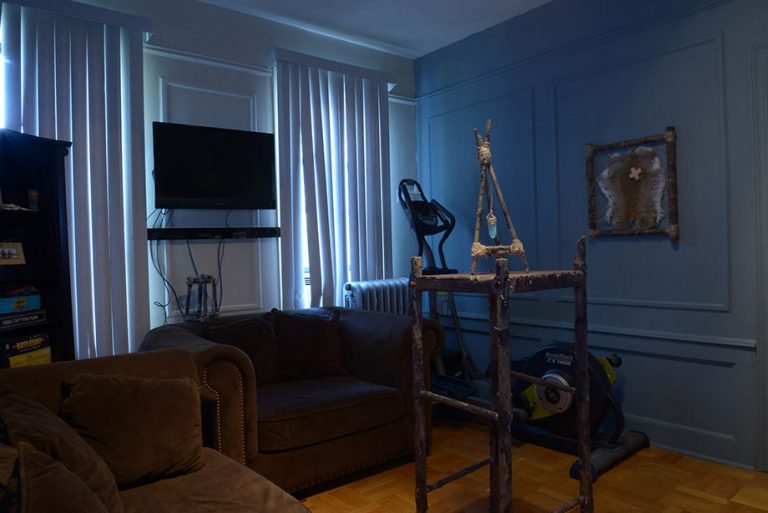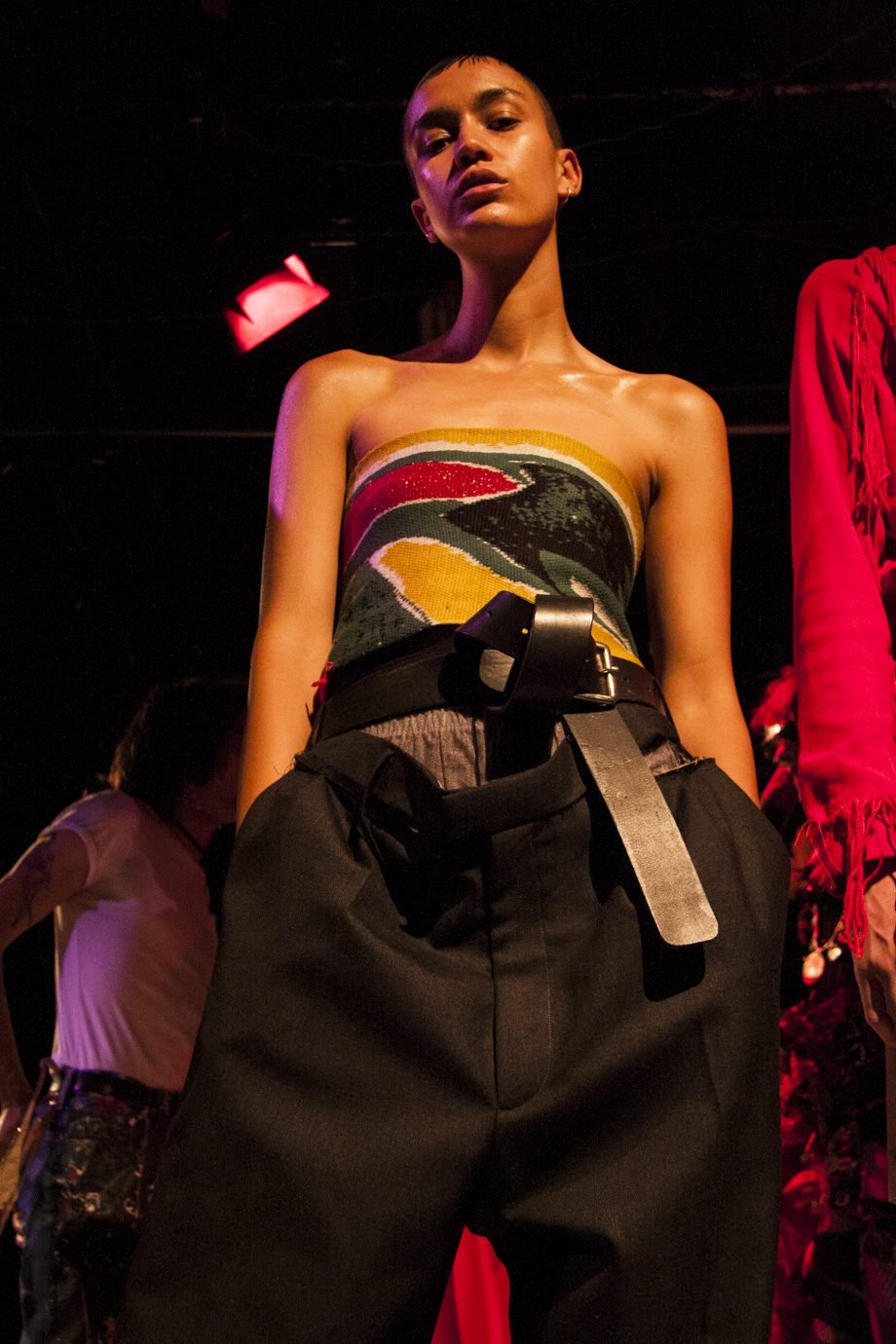From the exhibition ‘RED Comme des Garçons: innovation, provocation’ at Live Archive, curated by Jeff Horsley.
In spite of contemporary fashion’s long and challenging struggle to be considered ‘worthy’ of the museum institution, blockbuster fashion shows have fast become the money-makers in a climate where museums are facing ever-increasing budget cuts. Savage Beauty is the perfect case in point; its staging at the Met attracted over half a million visitors, while it’s V&A instalment was recently announced as the most popular show in the museum’s history.
We all flock to these shows, but are we really getting our time and money’s worth? And perhaps more importantly, are museums’ showstopper collecting policies neglecting too much of contemporary fashion output? Museums’ obligations to educate, combined with narratives deeply constructed according to institutional policy and wider social assumptions, have too often resulted in limited interpretations of material culture and the lurking sense that we’re just not being challenged enough.
Perhaps, then, the future of fashion exhibitions lies outside of the museum, where freedom from collection restraints and, where possible, a lack of state informed policy allow innovation and critical engagement to take centre stage. The last few years have seen fashion exhibitions popping up in all manner of venues: retail environments, cultural centres, renowned contemporary art galleries, and exhibition spaces in academic institutions – including Central Saint Martins’ own Lethaby Gallery that greets visitors and students on entering from the main entrance. More recently, smaller galleries dedicated to exhibiting contemporary fashion have emerged. Melbourne-based Centre For Style is notably disrupting the conventions associated with the practise (headed by Matthew Linde), while leading the way in London are Live Archives and Maison Mais Non.
“MUSEUMS ARE WHERE FASHION GOES TO DIE.”

